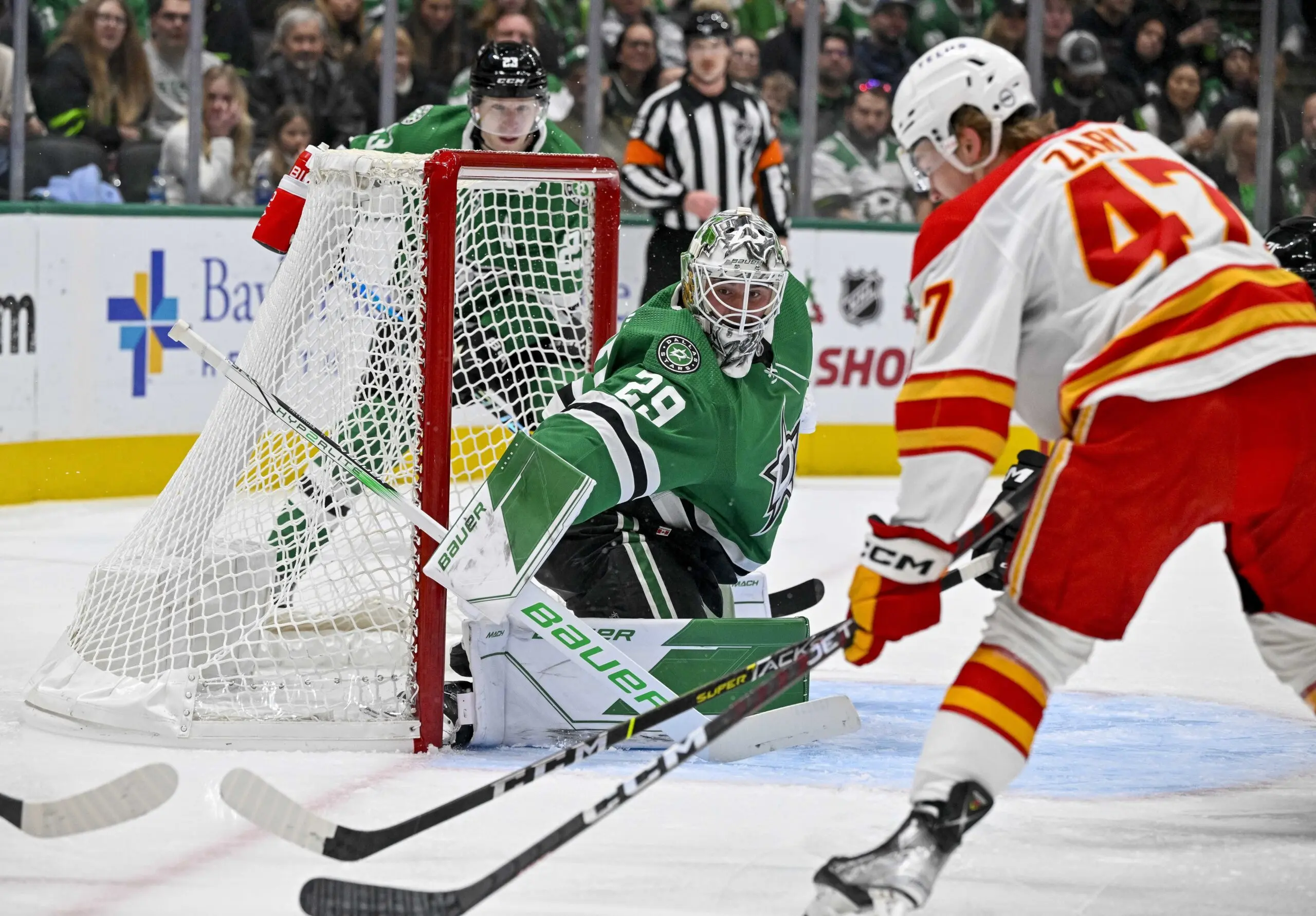Why Connor Zary’s excellence could have salary cap impacts for the Calgary Flames
Photo credit: Jerome Miron-USA TODAY Sports
Keep scrolling for the next article
Breaking News
- For Calgary Flames prospects, the season is starting to get underway
- How does the Calgary Flames’ 2024-25 schedule compare to nearby teams?
- Friedman: Calgary Flames taking a wait and see approach before making further moves
- What should the Calgary Flames’ defence pairings look like this season?
- The Calgary Flames have three restricted free agents left to sign before training camp
